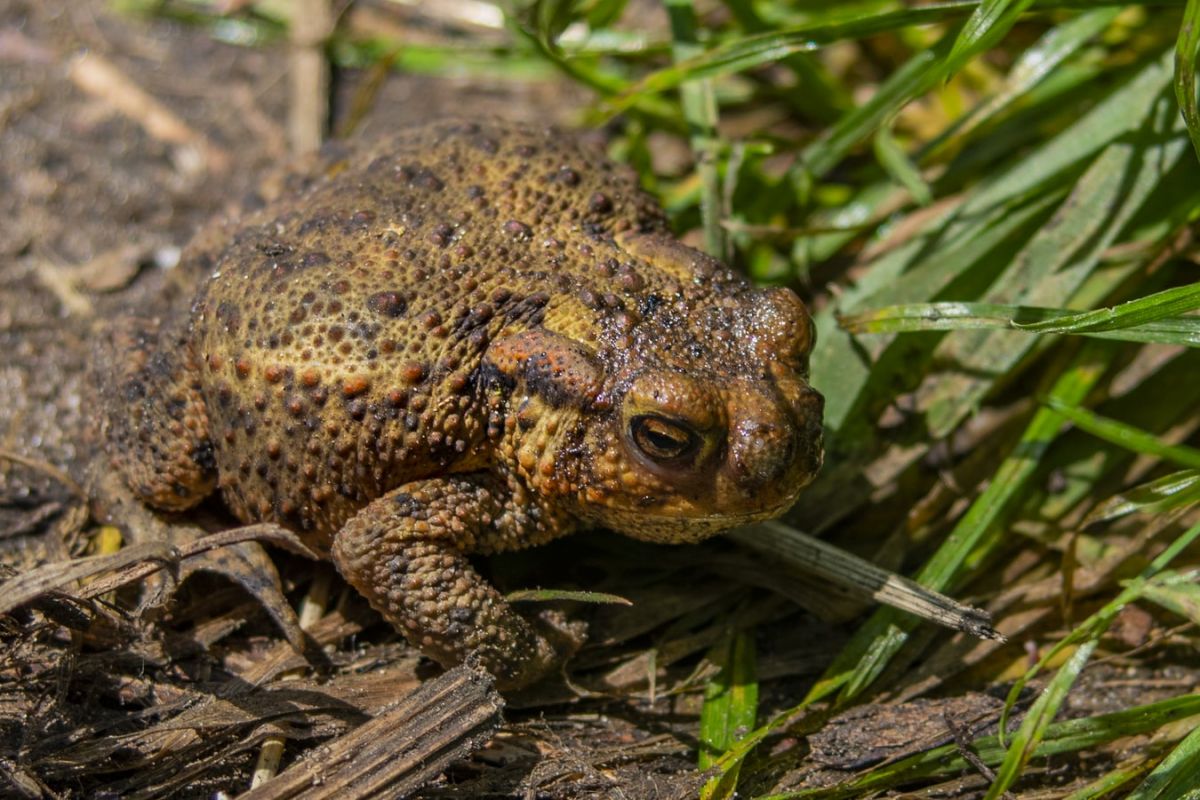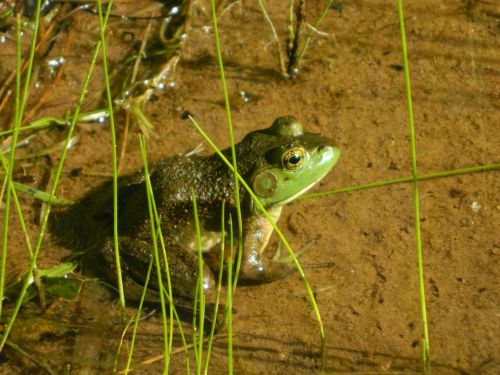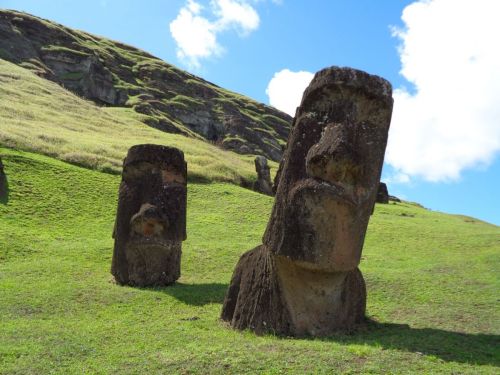15 facts about common Surinam toad
An ugly pokey frog with a triangular head fixed lidless eyes, and a pair of tentacles on its mouth that draws attention by its unusual way of reproduc ...
Poisonous toads got their bad reputation for being a pest in places they were artificially introduced to. Native to American continents, it is now present in dozens of countries where eradicates local animals which are not adapted to their toxins.
In Australia it spreads consistently across the continent, from the northeastern to the central part. To date, no remedy has been proposed for the cane toads infestation problem.












